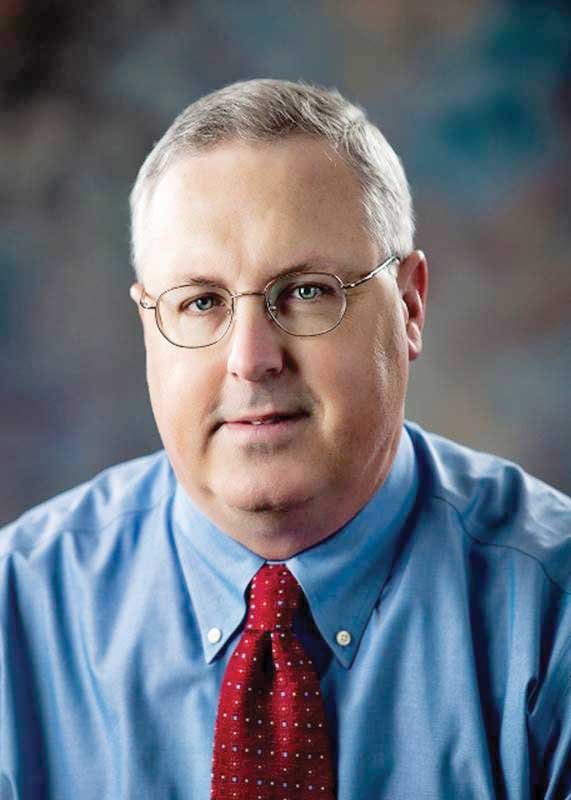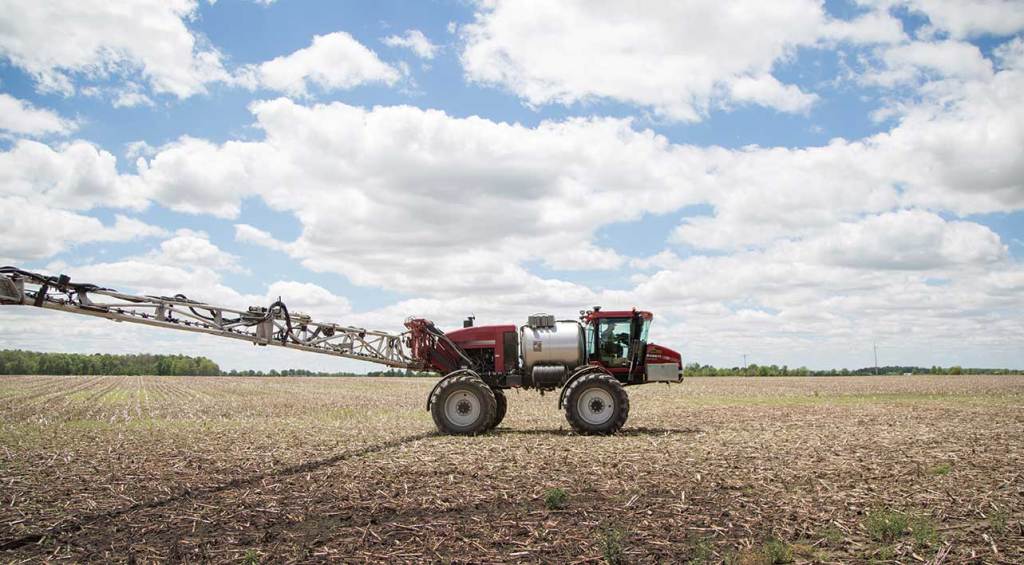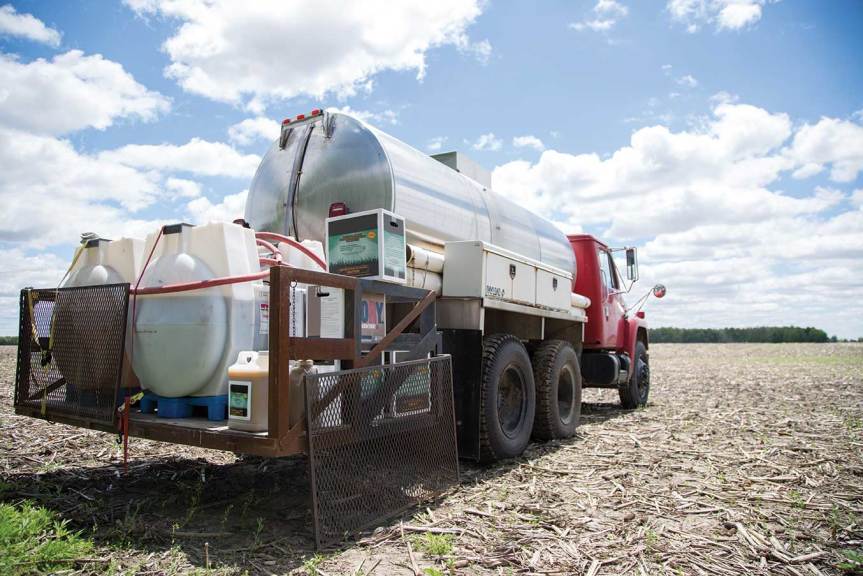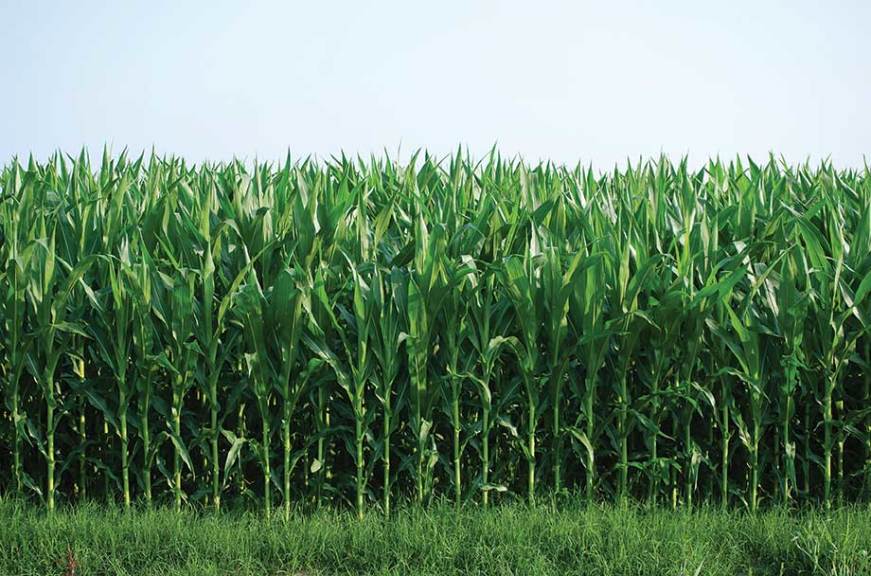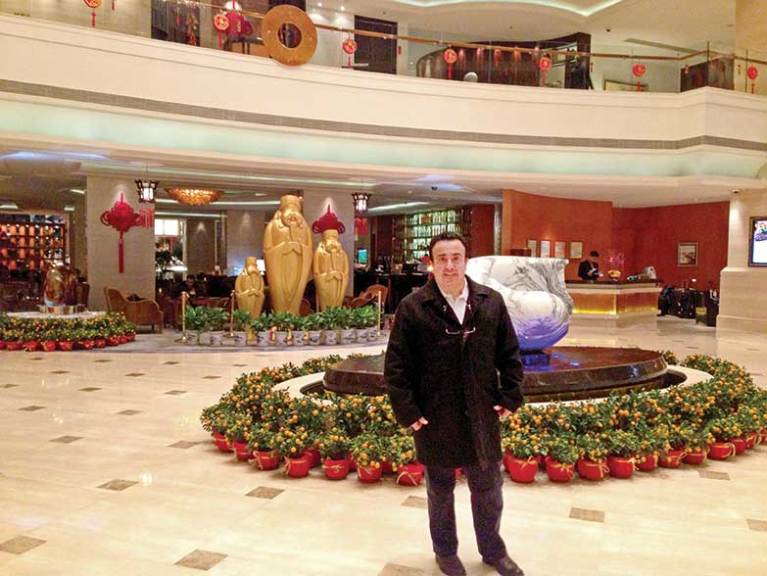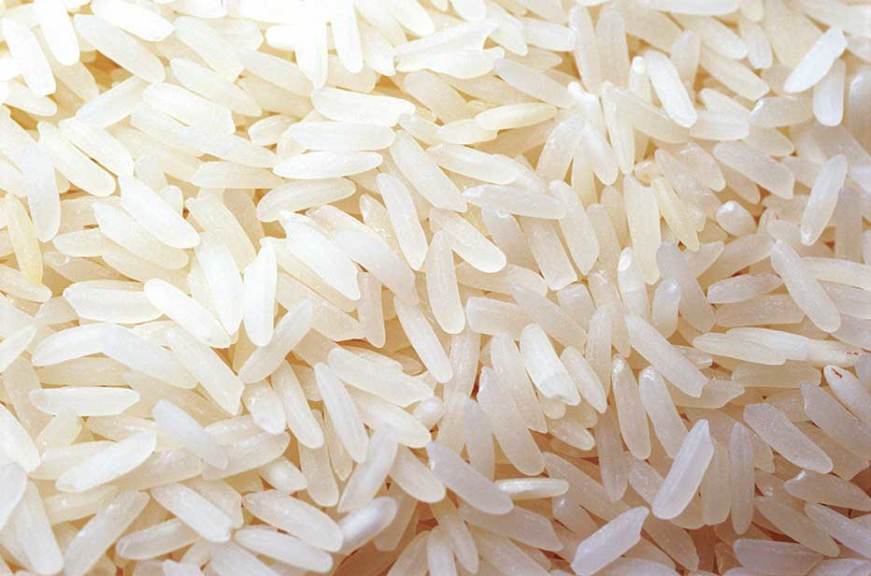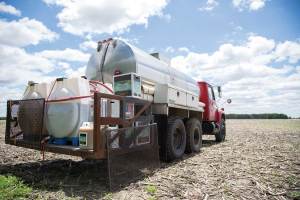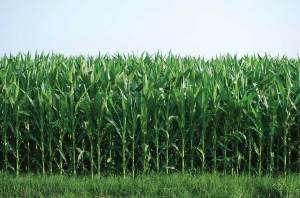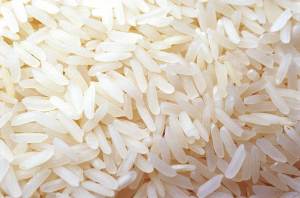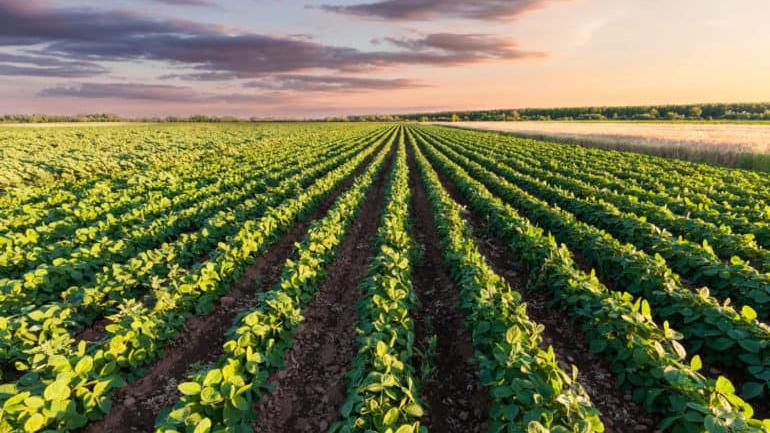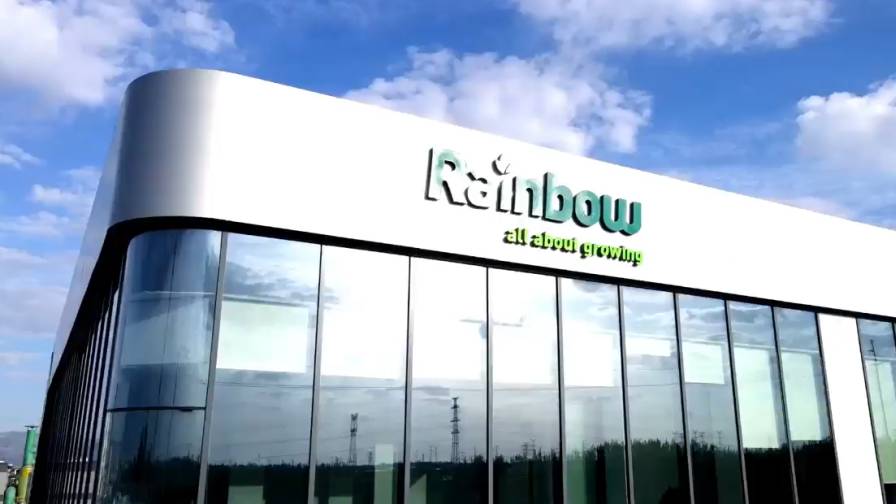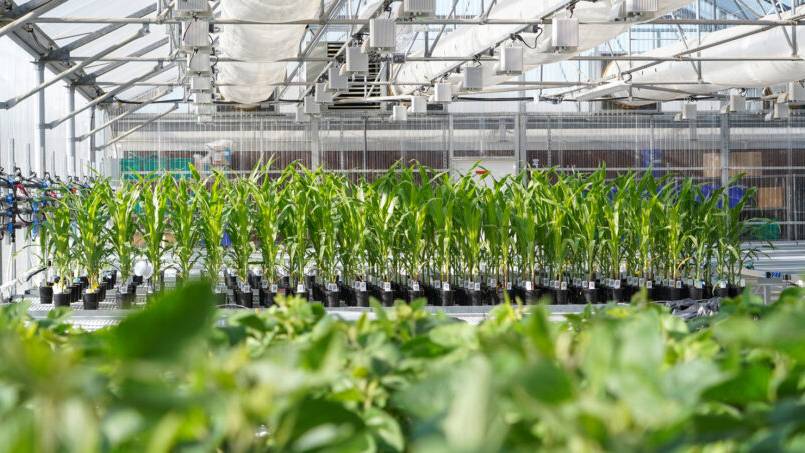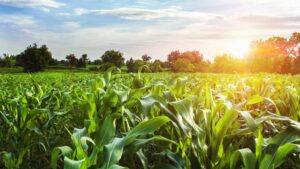SLIDESHOW: Pushed by Resistance, Companies Take a Fresh Approach to the USA
Back in 2009, Bryan Wilson saw it coming. He and his business partner, Kevin Howard – extremely successful industry veterans – helped engineer a buyout of United Agro Products from ConAgra in 2003, and then helped transform the company and take it public. Agrium acquired UAP in 2007, but Wilson decided it wasn’t quite time to retire. He and Howard bought five registrations from a relative unknown, Axss USA, including three big ones: glyphosate, dicamba and 2,4-D. Tacoma Ag was born. “All three actives we felt were extremely important due to genetic crops, and we also felt that over time we could add some other herbicide chemistries, because even then there were some early signs of resistance issues.” When they bought the company in 2009 sales were $4 million. Last year they closed the books in the mid-$65 million range.
What Tacoma Ag has discovered is that more and more U.S. farmers are reverting to traditional ways of dealing with weeds by putting down pre-emergents, rotating to other post-applied chemistries other than glyphosate or at minimum, adding post-emerge products to the tank with glyphosate.
Dicamba and 2,4-D are becoming far more important to the U.S. market, and while glyphosate remains critical here, it is likely to become less so as soon as a decade from now. Infestations of resistant weeds have doubled since 2009 to 70 million acres, according to Stratus AgriMarketing statistics. “We have seen a resurrection and increased use of products used back in the ’80s and ’90s such as acifluorfen and bentazon. We have even seen increased winter and spring use of clethodim to help control glyphosate-resistant ryegrass, which is spreading across the South,” Wilson added.
Monsanto President and Chief Operating Officer Brett Begemann predicted on the company’s most recent quarterly conference call that glyphosate prices will not change much in the near term, and further, he sees Roundup contributing less in the coming years. “Roundup is a great product; it’s a great cash generator, but for more than 2019 looking back it’s going to be our seeds and traits business that really drives that growth.”
Amid awakening demand for new combination products and older chemistries, foreign competitors who have tried to forego distribution and sell to U.S. growers and dealers direct often get a wakeup call. The distribution and retail networks currently in place have made significant investments over many years to fully serve the needs of farmers, and the move to custom application and precision agriculture continues to grow. “The U.S. crop market continues to be a very service-oriented and relationship-driven business,” even more so than Europe and certainly more so than Asia, Wilson said. “We have had longstanding friendships with key players in distribution: CPS, Helena, IAP, Tenkoz and WinField Solutions. It comes down to relationships and being able to get in and see the key decision makers at all these large distribution companies.”
Tacoma Ag is moving fast in opening its doors to foreign manufacturers, such as its recent deal with Bulgaria’s Agria, which has two fungicides registered in the United States and needed a sales and marketing arm here. Tacoma is also in talks with two Asian companies with which it expects to announce similar marketing arrangements this fall.
New Wave of Weed Control
Cheminova, which has manufacturing locations in Denmark and India, is also stepping up investments in the United States, bringing more active ingredients as well as premixes to the market to help growers battle resistant weeds, said Thomas Hill, Cheminova spokesman.
With the new wave of weed control systems being introduced by the major research-based manufacturers, their new formulations may only include their patented chemical formulations, leaving the grower to use the branded herbicide, said Joe Prochaska, project manager for the Agricultural/Specialty Practice at Kline & Co. “Some growers may be reluctant to adapt to this new technology, particularly if generic prices decline and the market conditions lean them towards choosing a lower-cost crop protection program,” Prochaska said. However, if a grower has a persistent problem with difficult-to-control weeds and the economics make sense, the new options coming to market may be the obvious choice.
According to Wilson, dicamba-plus-glyphosate stacked traits will be readily accepted due to need and good performance along with Monsanto’s extensive seed platform. But the issue of drift won’t go away, despite highly touted new formulations. “Grower applications of chemicals are expected to change at an even faster pace to the distributor/dealer/retailers or custom application as a way growers can transfer drift issues and liability to a third party. How retailers, custom applicators and precision ag technologies prepare to handle the additional workload and more significantly, the increased liability is yet to be seen.” Wilson added, “However, placing all this aside, we do foresee the dicamba and 2,4-D markets accelerating growth with glyphosate remaining at very high volumes.” Demand for highly dissolvable dry formulations, particularly of 2,4-D, to cut transportation costs is also on the rise.
In the next five years, Monsanto will likely be accelerating investments in dicamba production, Chief Executive Hugh Grant commented on the company’s third-quarter conference call on June 25. Monsanto and BASF, of course, are collaborating on the Engenia brand dicamba-tolerant cropping systems, which are on track for a U.S. launch next year. In addition, BASF said on June 11 it would spend more than $270 million to expand capacity for dimethenamid and dicamba by 50% at its Beaumont, Texas site. Capacities are expected to be on line in 2016/17.
“I would anticipate also that our partner BASF may [increase dicamba investments] as well and I would expect that beyond us, we will see increased capacity going in China and in India as well,” Grant said.
For Dow Agrosciences’ Enlist Duo 2,4-D-based system, the U.S. Environmental Protection Agency is set to issue its final decision in the coming months. Dow, which expects that EPA will register the product in time for a 2015 rollout, called grower feedback from research plots “very positive.” A Michigan grower and Enlist trial participant, Jeff VanderWerff, said, “This is a product that represents where the future of agriculture is going. The Enlist system is going to be groundbreaking in a lot of ways.”
In addition, Bayer CropScience and Syngenta are both developing biotech soybeans with resistance to the HPPD-inhibiting class of herbicides as well as glufosinate and glyphosate. This system is expected to be launched by 2015 or later.
Syngenta also recently announced a new herbicide containing four active ingredients and will offer pre- and post-emergence residual weed control in corn. The product will be marketed as Acuron and is anticipated to control more than 70 broadleaf weeds and annual grasses.
Farmland Bubble?
In the United States, the almighty corn “had a good year, not a great year,” decreasing in acreage by about 5% in favor of soybeans, Monsanto’s Grant said on the June 25 conference call. It might have been an understatement: The agchem giant has lost hundreds of millions of dollars to shrinking corn acreage. Since the USDA released its World Agricultural Supply and Demand Estimates on June 11, corn prices have moved sideways or dropped.
Prochaska said the U.S. crop protection market is poised for flat-to-lower growth this year as a result. “The corn market has been driving growth the past five years and now with commodity prices declining, the new normal isn’t $7/bushel corn but $4/bushel, and growers are expected to be adjusting their crop inputs accordingly. This will all have an effect on grower’s decisions on crop inputs, including crop protection chemicals. If inventories reach high levels then growers may lean towards the low prices of generic brands,” he told Farm Chemicals International. Demand for fungicides and insecticides are projected to decrease as growers shift to planting more soybean acres.
But less demand for corn acreage could have a ripple effect on commodity prices, Wilson fears. “Land and rent prices are extremely expensive right now, and there could potentially be a bubble there. I definitely as a farmer would not be overextending myself,” he said, offering a reminder of the U.S. land bubble that burst in a similar scenario in the 1980s. “I’m a little afraid that we’re starting to go into a downturn if you look at commodity pricing.” As corn prices decline, other crop prices such as soybeans and cotton could fall as those acreages expand. “Declining commodity prices always increase pressure for growers to reduce input costs, whether that be land, equipment, fertilizer, seed or chemicals.”
So far, farmland values are slightly down or stable this year compared with double-digit price increases seen in recent years, buoyed by stronger-than-expected farm incomes, according to a June report by Farmers National Co., the largest U.S. seller and manager of farms and ranches. Prices per acre for high-quality land range nationwide from $3,500 to as high as $12,500 per acre in parts of Indiana, Iowa and Nebraska. Values in the Upper Midwest remain high with sales reaching $9,000 per acre in some locations, according to Farmers National.
“I think economic forecasts overrated the demise of the U.S. land market. Things didn’t fall apart, but instead held steady and strong. Profitability for operations helped to ultimately keep property values strong,” said Randy Dickhut, vice president of real estate operations for Farmers National.
How sustainable this trend is if commodity prices continue to weaken remains to be seen.
As corn abates, soybeans are gaining and so are other crops such as rice. U.S. rice acreage is projected to jump 20% in 2014. “It’s a very good time for rice in the United States,” said Martin Poveda, global director of regulatory and development for RiceCo.
The Memphis, Tennessee-based company claims 99% of the U.S. market and 75% of the global market share for propanil – the major herbicide used on rice. RiceCo is continuously working on new combinations with different molecules and developing new formulations. The total U.S. agrochemical market for rice is about $226 million, and herbicides represent 80% of that value. “The technology created and developed every year in the U.S. is the highest level in the world,” Poveda said. Although the United States produces less than 2% of the world’s rice, it is a major exporter, accounting for more than 10% of the annual volume of global rice trade – much of it to Mexico and Central America, and the lion’s share of California’s crop going to Asia.
Biopesticides Move Into Row Crops
Boasting a 15% compound annual growth rate over the last five years, the U.S. biopesticides market has easily outperformed conventional crop chemical growth. The biologicals buying spree by multinationals has swept the industry almost as fast as weed resistance.
“While the trend is expected to continue, the one wild card is the drought in California,” said Dr. Mark Trimmer of the DunhamTrimmer biopesticides consultancy. It’s too early yet to judge how significant the impact will be, but biopesticides could see a temporary slowing of growth considering the importance of the California market and the severity of the now three-year drought.
Pamela Marrone, founder and CEO of Marrone Bio Innovations, told FCI that more and larger suppliers entering the biopesticides arena – which the United States has long dominated – points to wider distribution and deeper market penetration in row crop areas like the Midwest. “We think the value proposition of yield enhancement with a biological on top of the chemical program means broader expansion into row crops,” she said. “The growth drivers of using biologicals for residue and resistance management and where chemicals are restricted or not allowed, will continue.”
For biopesticide companies, multinationals’ growing appetite for their products means immediate global market access and far greater resources to support product R&D, registration, manufacturing and marketing, among other prime opportunities. Easier regulatory also makes them attractive, with the typical timeframe being three to four years versus nine to 10 years, and not even 1/10 of the $250-million cost to develop and register a traditional crop chemical.
“The interest of global crop protection companies to invest in biologicals will certainly enhance market acceptance and market penetration, especially in fruits and vegetables, but also in row crops, for example in the U.S. and Brazil,” said Utz Klages, Bayer CropScience spokesman.
Seed treatments also continue to gain more traction. Marrone mentioned Syngenta’s launch of the Clariva seed treatment nematicide in the United States and Monsanto’s joint venture with Novozymes to access Novozymes’ actives for seed treatments, among other deals.

